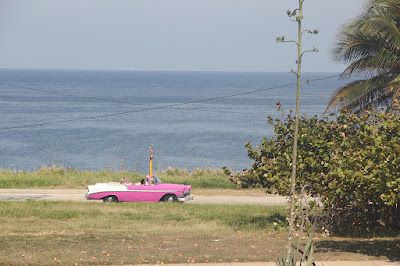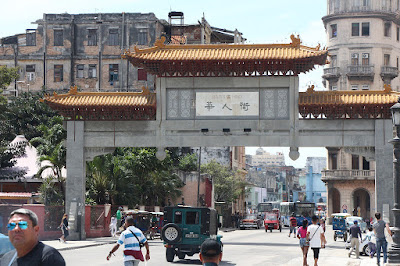We loved
our trip to Cuba. I have traveled
extensively throughout the Caribbean, Europe, Africa, India, Mexico and
Canada. I can honestly say that Cuba was
the most enchanting place I’ve ever visited.
We fell in love with the country.
We loved the flowers and tropical drinks (you've never had a Piña Colada until you've had one served in a pineapple!)
. We loved the music.
We loved the mixture of old and new; the new
buildings nestled in the shadows of older, European styles; the old cars with
new diesel engines from Russia and Japan.
We loved all of that, but we loved the people the most. They are proud to be Cubans and they are
happy even though life can be difficult.
The cities
we visited were incredibly busy, especially Havana. In a country where cars are
so expensive it was surprising that traffic was so hectic. Cars, buses, bicycles, motorcycles, taxis jam
the streets.
The pedestrian does not
have the right of way and there are lots of them. Fortunately, in certain parts of town, many
streets are restricted to pedestrian traffic and they are packed.
People were
everywhere. Regardless of where we went,
they were sitting on the stoops or the curbs.
The benches in public parks were always full. They were doing what people all over the
world like to do. They visited with friends
and family doing the things that make us happy to be alive.
It was with
a bit of sadness that we had to draw our visit to a close. We had to since we were out of cash and US
credit cards have no value in Cuba—yet.
So we finally had to say, “Hasta la vista, Cuba.”
























































